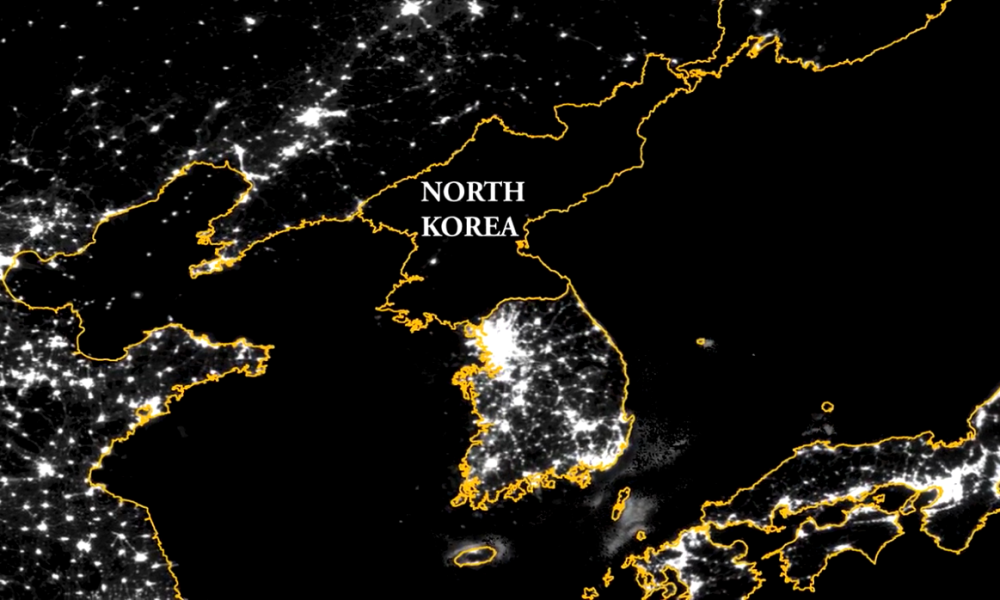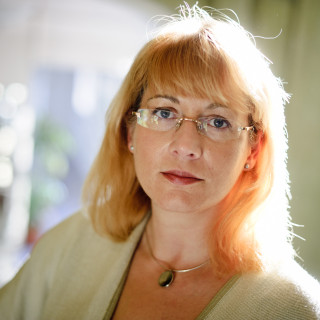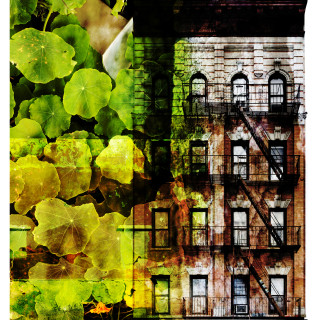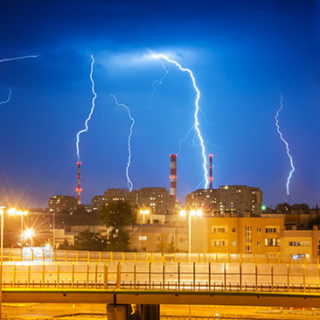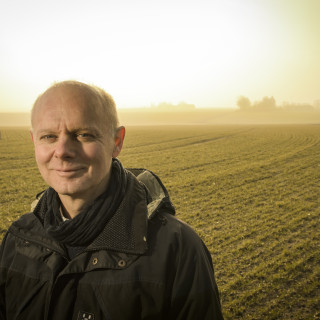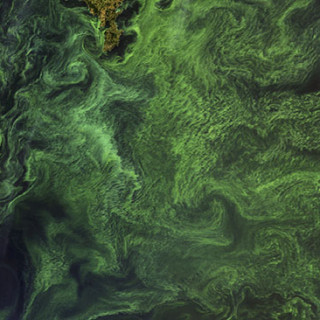Satellite images reveal economic growth in North Korea
A unique way of combining satellite imaging methods has shown that regional agricultural growth is slowly taking place within North Korea. A Lund University research team has identified an expansion of agricultural land far away from the ruling elite in Pyongyang.
Satellite images of night-time lights are a common way of measuring economic growth and development. From space you can observe an explosion of lights over time from the rapidly expanding economies in East Asia, with the notable exception of North Korea, which has remained largely dark. That is not always enough evidence of a lack of growth, however, according to Lund University human geographers Magnus Andersson and Ola Hall. It assumes all growth brings higher energy consumption, and therefore more night-time lights, which isn’t always the case.
The team have therefore combined the night-time light satellite images with land cover satellite images, using decades of data to compute their result. The land cover data adds vital agricultural information, and the end result is a broader way of measuring growth. The method works even better if the agricultural sector is still very traditional. Since the fall of the Soviet Union, North Korea hasn’t had access to artificial fertiliser, and therefore any increase in production has to happen by creating more farmland. In countries with a modern agricultural sector, production is generally ramped up by intensifying use of existing farmland.
In 2002, the North Korean regime issued a decree that eased certain economic restrictions in the country. Farmers were allowed to use small plots to grow vegetables and sell them at local markets, letting supply and demand freely determine prices. The reform could be seen via the satellite images, as more land was converted into farmland. The project ended abruptly after two years, when the rapid development became too threatening, and the regime feared losing control.
The expansion of farmland then largely came to an end, but not entirely. A fragmented expansion of agricultural land in regional pockets far away from the capital Pyongyang is still observable. This could be interpreted as a slow easing of the regime’s control over the country.
“It looks like the economic power is slowly decentralising”, says Magnus Andersson, senior lecturer at the Department of Human Geography at Lund University.
What this means politically is of course difficult to predict. The general trend in other authoritarian regimes is that decentralisation often means a first step towards greater democracy.
Monitoring development from space: Using night-time light and land cover data as proxies of economic growth
The future of Laos – A bleak: http://www.economist.com/news/asia/21588421-secretive-ruling-clique-and-murky-land-grabs-spell-trouble-poor-country-bleak-landscape
Published: 2013


